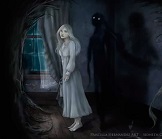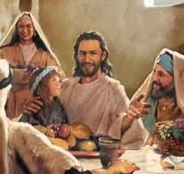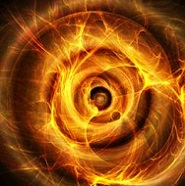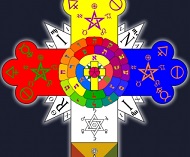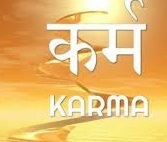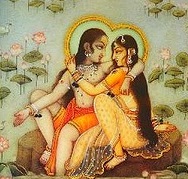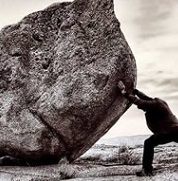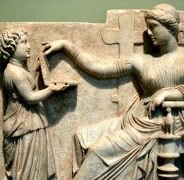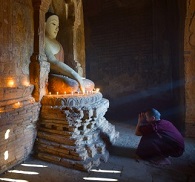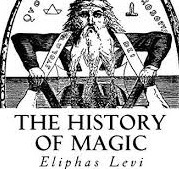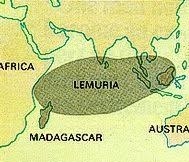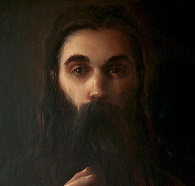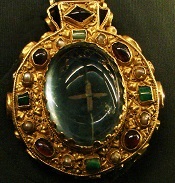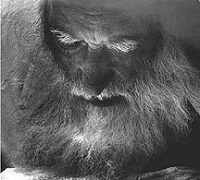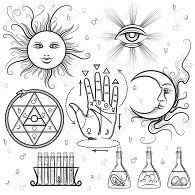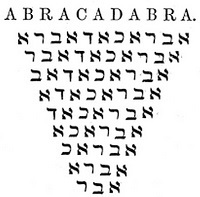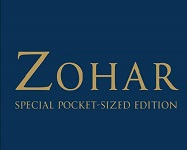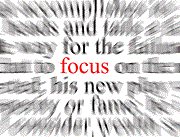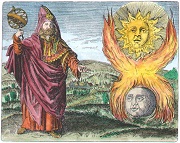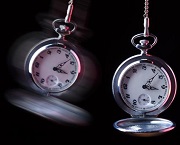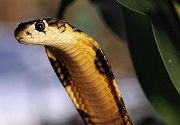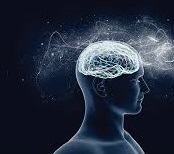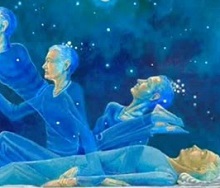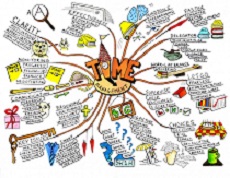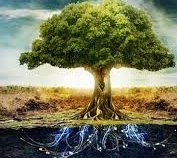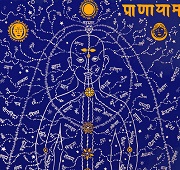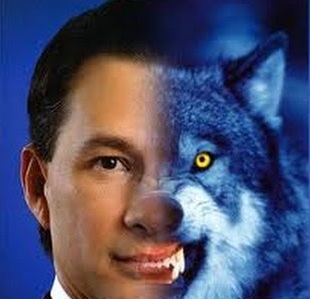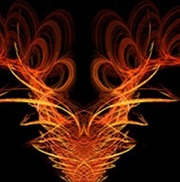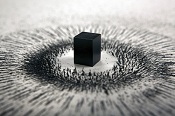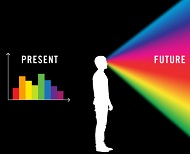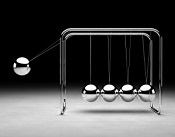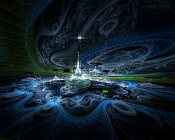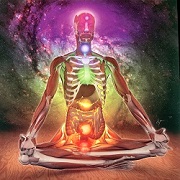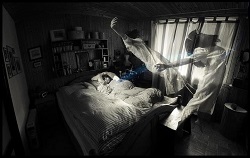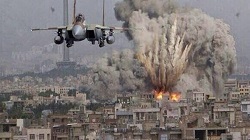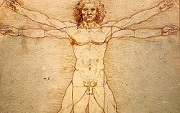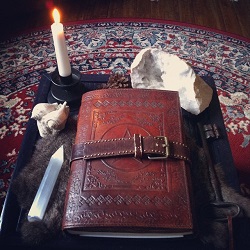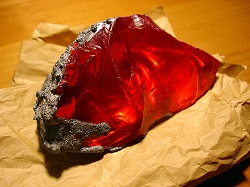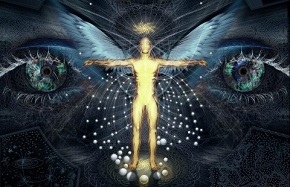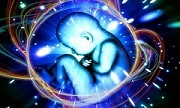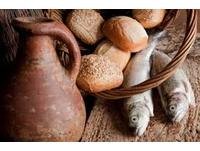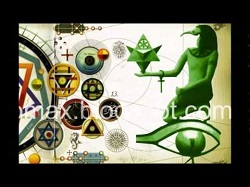What is The Zohar?
Zohar, or Sohar. A compendium of Kabbalistic Theosophy, which shares with the Sepher Yetzirah the reputation of being
the oldest extant treatise on the Hebrew esoteric religious doctrines. Tradition assigns its authorship to Rabbi
Simeon ben Jochai, A.D. 80, but modern criticism is inclined to believe that a very large portion of the volume
is no older than 1280, when it was certainly edited and published by Rabbi Moses de Leon, of Guadalaxara in Spain.
The reader should consult the references to these two names. In Lucifer (Vol. I., p. 141) will be found also notes
on this subject: further discussion will be attainable in the works of Zunz, Graetz, Jost, Steinschneider, Frankel
and Ginsburg. The work of Franck (in French) upon the Kabalah may be referred to with advantage. The truth seems to
lie in a middle path, viz., that while Moses de Leon was the first to produce the volume as a whole, yet a large part
of some of its constituent tracts consists of traditional dogmas and illustrations, which have come down from the
time of Simeon ben Jochai and the Second Temple. There are portions of the doctrines of the Zohar which bear the
impress of Chaldee thought and civilization, to which the Jewish race had been exposed in the Babylonish captivity.
Yet on the other hand, to condemn the theory that it is ancient in its entirety, it is noticed that the Crusades
are mentioned; that a quotation is made from a hymn by Ibn Gebirol, A.D. 1050; that the asserted author,
Simeon ben Jochai, is spoken of as more eminent than Moses; that it mentions the vowel-points, which did not
come into use until Rabbi Mocha (A.D. 570) introduced them to fix the pronunciation of words as a help to his
pupils, and lastly, that it mentions a comet which can be proved by the evidence of the context to have appeared
in 1264.
There is no English translation of the Zohar as a whole, nor even a Latin one. The Hebrew editions obtainable are
those of Mantua, 1558; Cremona, 1560; and Lublin, 1623. The work of Knorr von Rosenroth called Kabbala Denudata
includes several of the treatises of the Zohar, but not all of them, both in Hebrew and Latin. MacGregor Mathers
has published an English translation of three of these treatises, the Book of Concealed Mystery, the Greater and
the Lesser Holy Assembly, and his work includes an original introduction to the subject.
The principal tracts included in the Zohar are:—“The Hidden Midrash”, “The Mysteries of the Pentateuch”,
“The Mansions and Abodes of Paradise and Gaihinnom”, “The Faithful Shepherd”, “The Secret of Secrets”,
“Discourse of the Aged in Mishpatim” (punishment of souls), “The Januka or Discourse of the Young Man”,
and “The Tosephta and Mathanithan”, which are additional essays on Emanation and the Sephiroth, in addition
to the three important treatises mentioned above. In this storehouse may be found the origin of all the later
developments of Kabbalistic teaching. [w.w.w.]
Reading Support:


